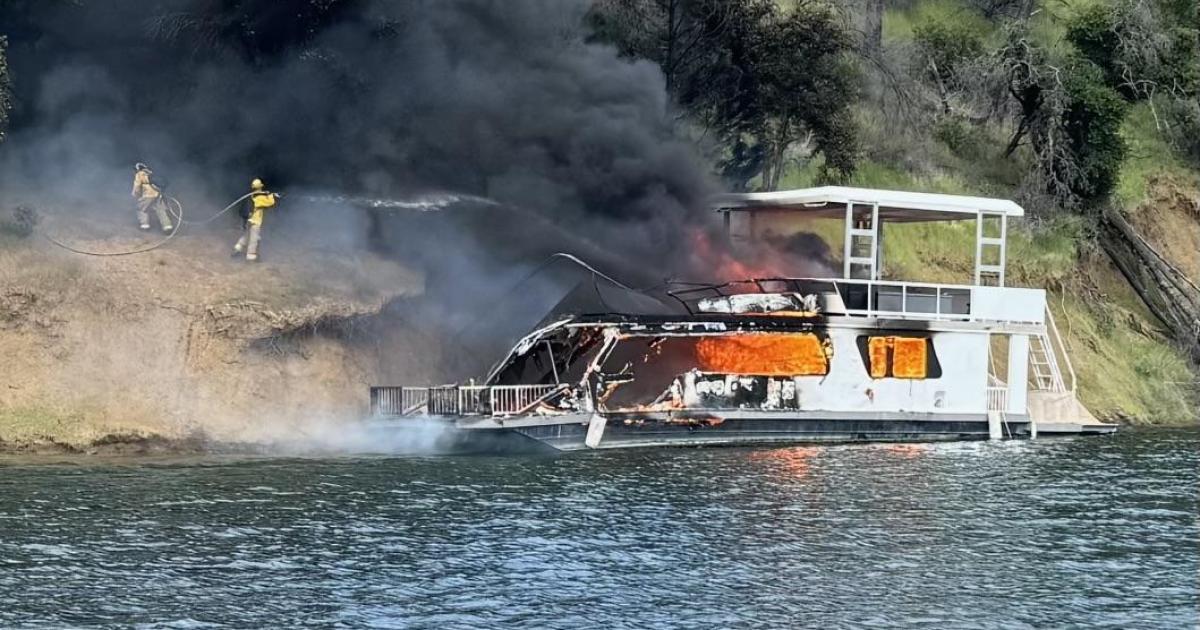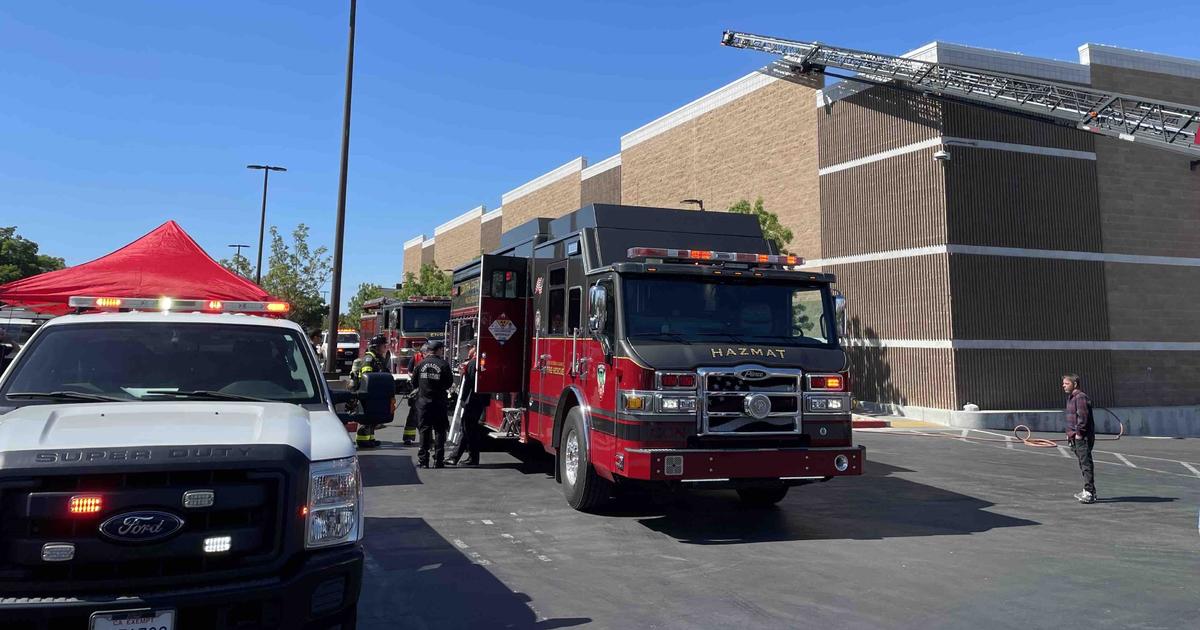(CBS News) -- The U.S. dropped a bomb with an explosive force equal to 11 tons of TNT on a cave complex used by the Afghanistan branch of the Islamic State of Iraq and Syria (ISIS) on Thursday, the Pentagon said.
The bomb is officially called a GBU-43 or Massive Ordnance Air Blast (MOAB), the origin of its nickname as the "mother of all bombs." Weighing more than 21,000 lbs., the weapon is the largest non-nuclear bomb ever used in combat.
ALSO READ: U.S. Airstrike Kills 18 Allied Syrian Fighters In Friendly Fire Incident
The strike had been in the works for a number of months, dating back to the Obama administration, CBS News national security correspondent David Martin reports. The weapon was brought into Afghanistan "some time ago" for use in Thursday's mission, a Pentagon spokesman said.
At the White House, President Trump called the mission "another very, very successful mission." Asked if he personally authorized the strike, Mr. Trump said "everybody knows exactly what happened."
"What I do is I authorize my military," Mr. Trump said. "We have the greatest military in the world and they've done their job as usual. So, we have given them total authorization and that's what they're doing."
Earlier at the daily White House briefing, press secretary Sean Spicer declined to say whether Mr. Trump had personally authorized the use of the weapon.
Spicer said that the strike targeted a "system of tunnels and caves that ISIS fighters used to move around freely." He said the U.S. "took all precautions necessary" to minimize civilian casualties.
General John Nicholson, commander of U.S. forces in Afghanistan, sought and obtained permission to use the MOAB, but it's unclear how far up the chain of command his request traveled, Martin reports.
U.S. officials estimate there are between 600 to 800 ISIS fighters in Afghanistan, mostly concentrated in Nangarhar province along the Pakistan border, site of Tuesday's strike. A U.S. soldier was killed in combat during an operation in Nangarhar just days before.
In a statement, the U.S. command in Afghanistan said the strike was "designed to minimize the risk to Afghan and U.S. Forces conducting clearing operations in the area while maximizing the destruction of ISIS-K fighters and facilities," using the term for ISIS's Afghan contingent.
Officials "took every precaution to avoid civilian casualties with this strike," the statement said.
In March 2003, the U.S. military debuted the 21,600-lb. MOAB during a test in Florida shortly before the invasion of Iraq. The test was intended to demonstrate the "enormous incentive" Iraqi dictator Saddam Hussein had to relinquish power and "spare the world a conflict," then-Defense Secretary Donald Rumsfeld said at the time.
The cloud of debris from the ensuing explosion in the 2003 test was visible from more than 20 miles away, according to the Air Force. U.S. and coalition forces invaded Iraq nine days later, and a MOAB was deployed to the region on April 1, 2003, but never used.




